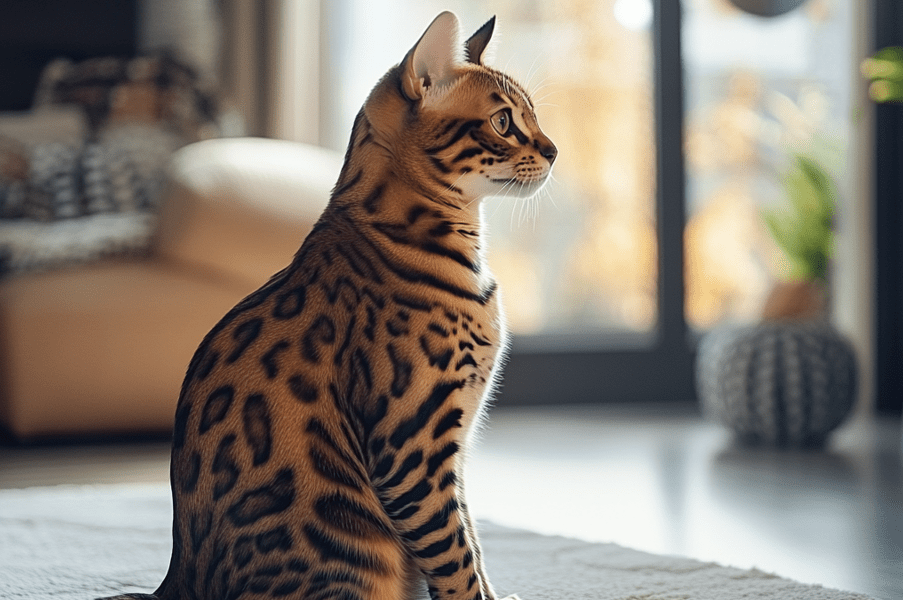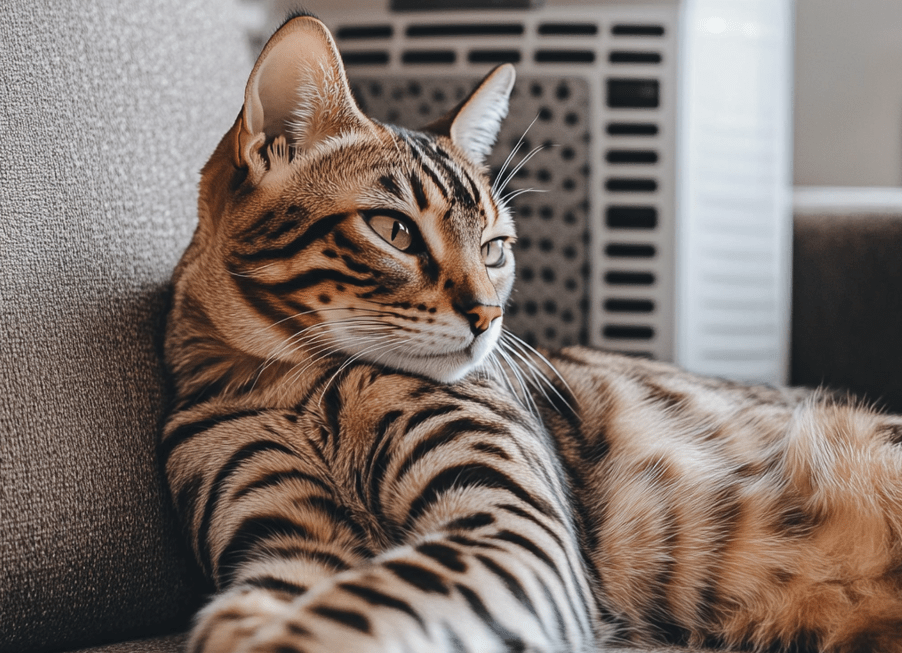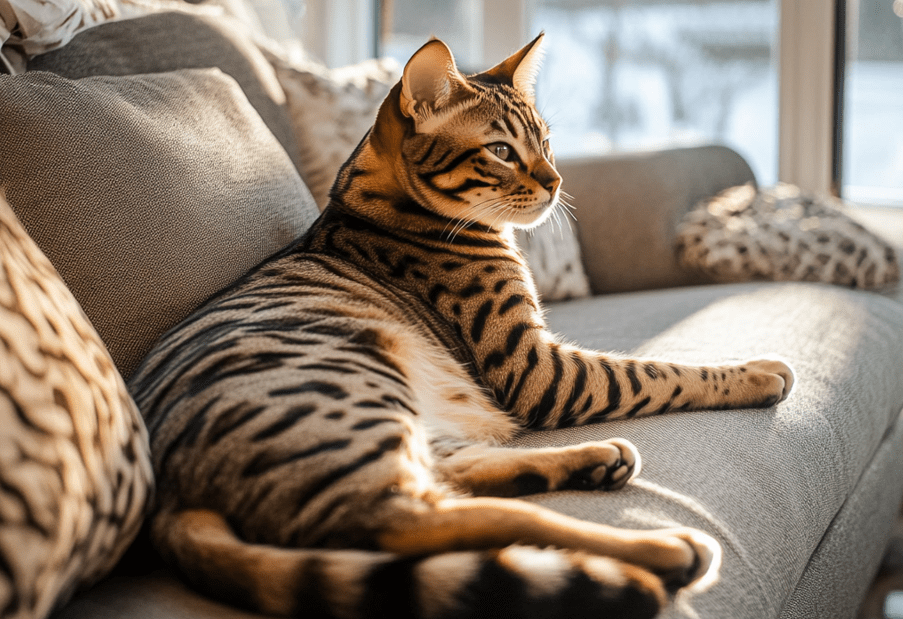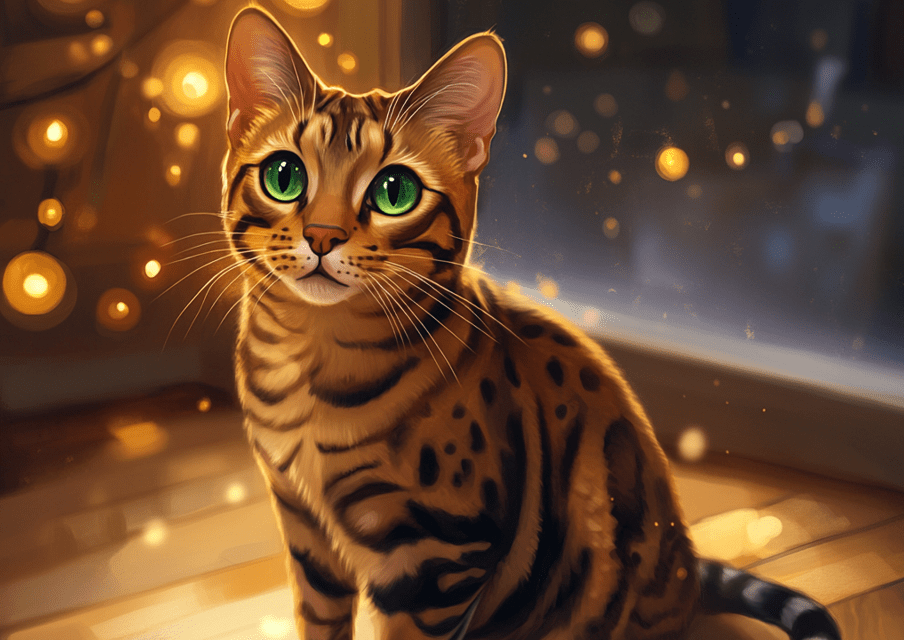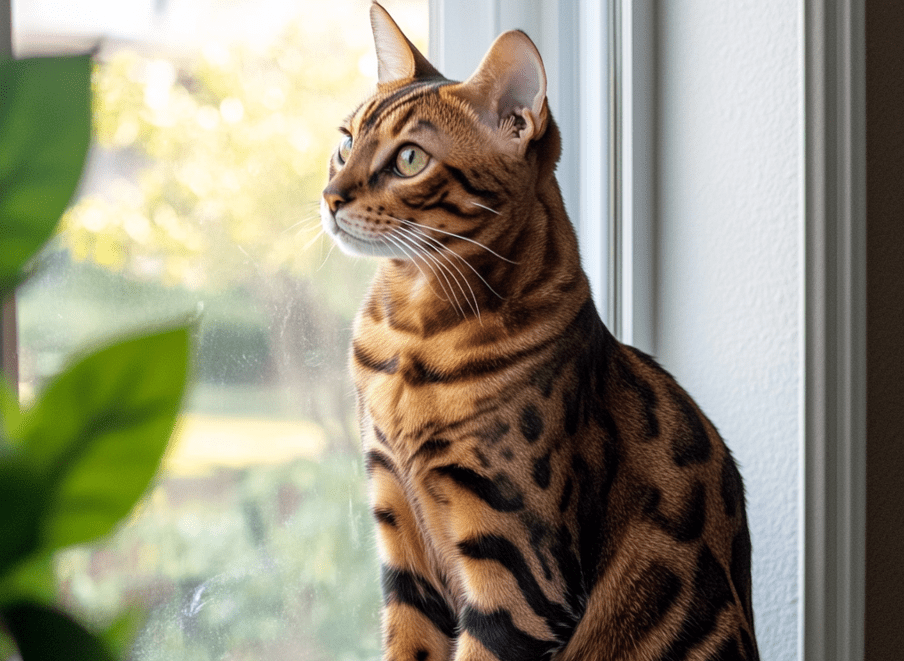
Identify a Bengal mix cat can be fascinating, as the Bengal cat is one of the most unique among all cat breeds. Bengals are known for their dramatic “jungle” look, with sleek, spotted coats, long hind legs and high ears with rounded tips. Many people appreciate that they look like copies of small leopards, although their coats and markings can differ considerably.
The Bengal cat breed was created from an Asian Leopard cat crossed with a domestic shorthair cat with the first breeding attempts occurring as early as the 1900s. The breed became well-established in the late 1960s or early 1870s, however.
If you recently adopted a new kitty and suspect it might be a Bengal mix, here are 10 ways to help identify its lineage.
10 Ways to Identify a Bengal Mix Cat
1.Check your Cat’s Coat:
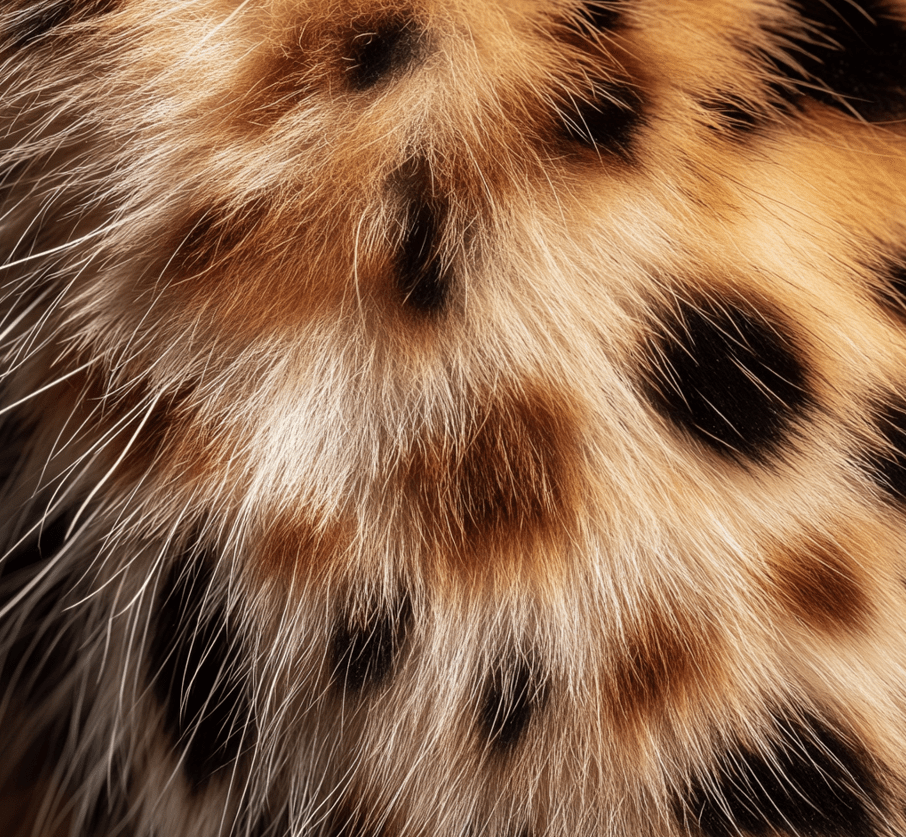
The coat of a Bengal cat is one of its most characteristic features. It is often likened to a leopard’s coat, with its sleek, plush fur. If your cat has Bengal heritage, you might find their coat to feel particularly dense, and it might have a hypoallergenic quality as well. Bengal cats typically have a unique “ticked” fur texture in which each hair has both light and dark bands running down it at once. They have a range of colors and patterns depending on their breed, but brown, snow and silver are the most common color breeds. Their coats have spotted, marbled with rosettes or swirling patterns. Some Bengal cats may also have a combination of these patterns, called sparbled, which is a combination of spotted and marbled markings.
2.Evaluate Your Cat’s Body Shape and Size
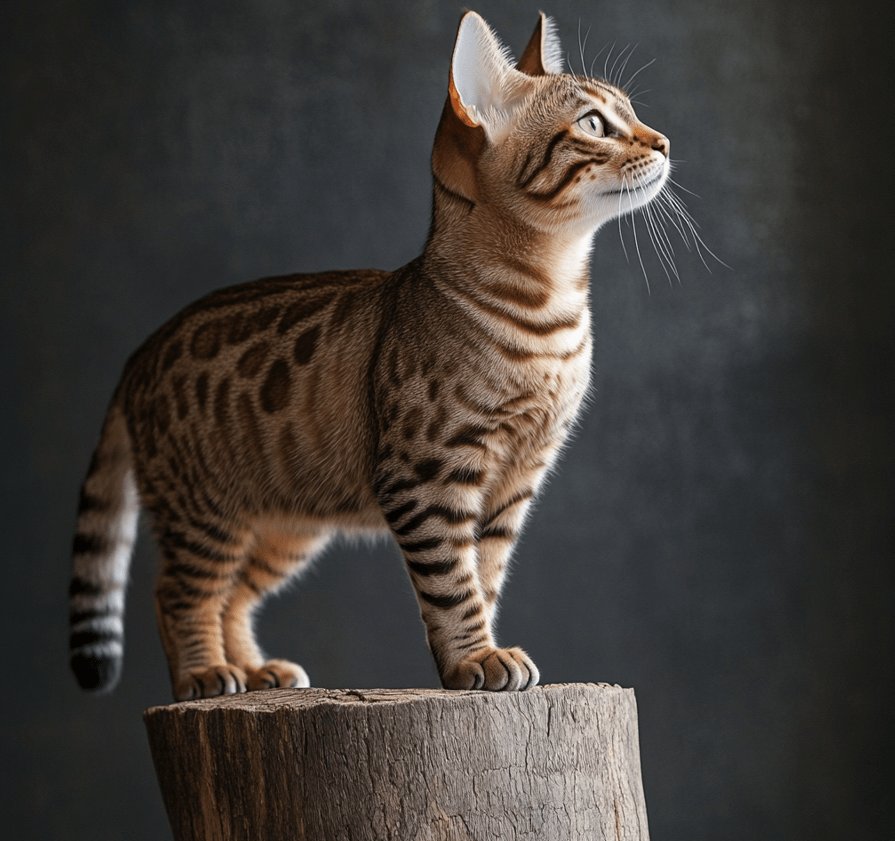
Bengal cats have a notable body structure; they are thin, muscular, and have long bodies. They are long and active, giving them a fluid but strong movement that is more pronounced than the average house cat. A Bengal cat has a faster metabolism rate, they are more likely to be fit and active than to be overweight. One of the prominent features that distinguish them is the proportionate differences in the height of their hind and front legs. Bengals tend to have longer back legs, creating a unique way of walking and a higher jumping capability. In addition, they tend to have longer bodies, small heads, round eyes and rounded ear tips. If your cat has a mixture of these traits then there is a high probability they are a Bengal mix.
3.Test Your Cat’s Agility and Jumping Skills
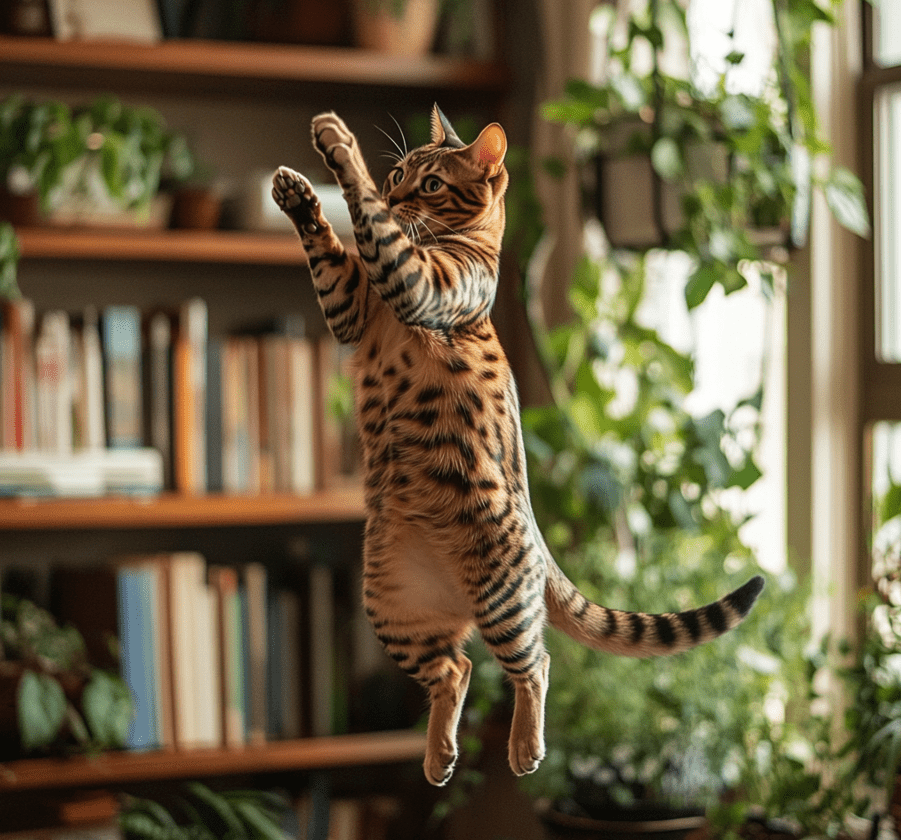
Bengals have been known as one of the most agile jumpers among all the cats. Their powerful, agile bodies can leap to astonishing heights and access areas that most other cats would struggle to reach. Cats around your house can climb to some extent but Bengals can get to the great height and distance. You probably noticed that your cat would be able to jump onto high shelves, counters, and other new and interesting places. If you have a super jumper of a cat or one who appears to be climbing to all new heights in your home, this signal that they have Bengal genes in their pedigree.
4.Observe Your Cat’s Fascination with Water
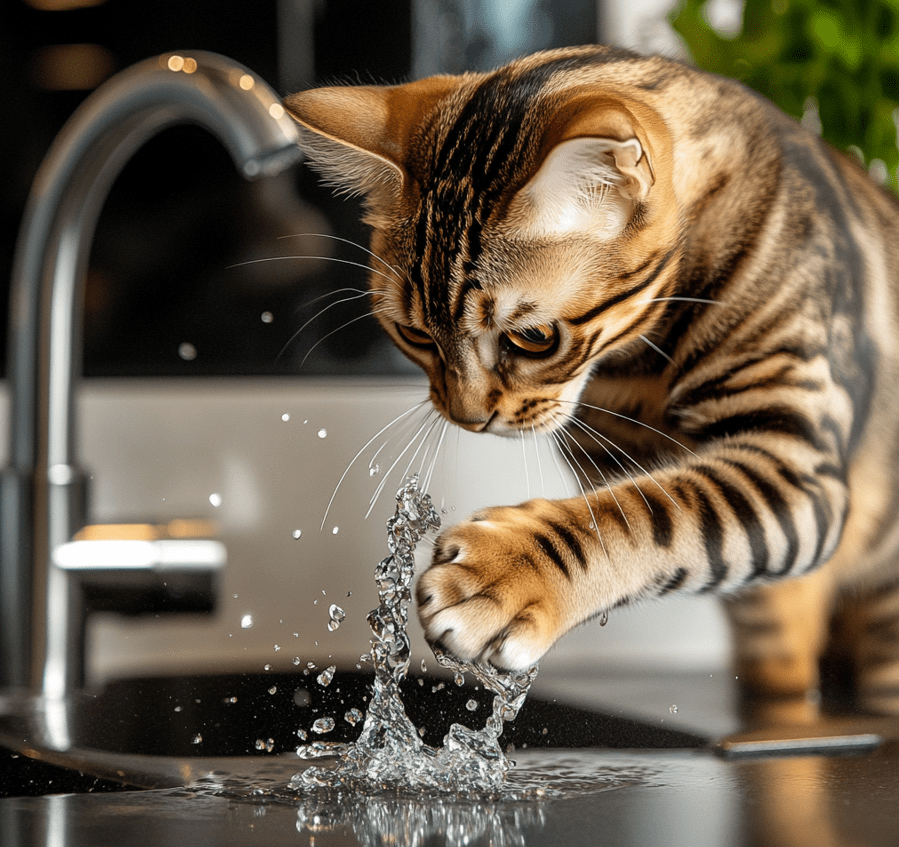
While most cats want to avoid getting wet at all costs, Bengals love water. Bengals are attracted to fresh water and many love swimming or frolicking in the water. They may leap into the bathtub, check out running taps, or play with any water sources they can locate. This appreciation of water is one of the breed’s most notable traits. So if your cat likes to hang near water, or even in it; your cat might be a Bengal mix.
5.Check for the “M” Marking on Their Forehead
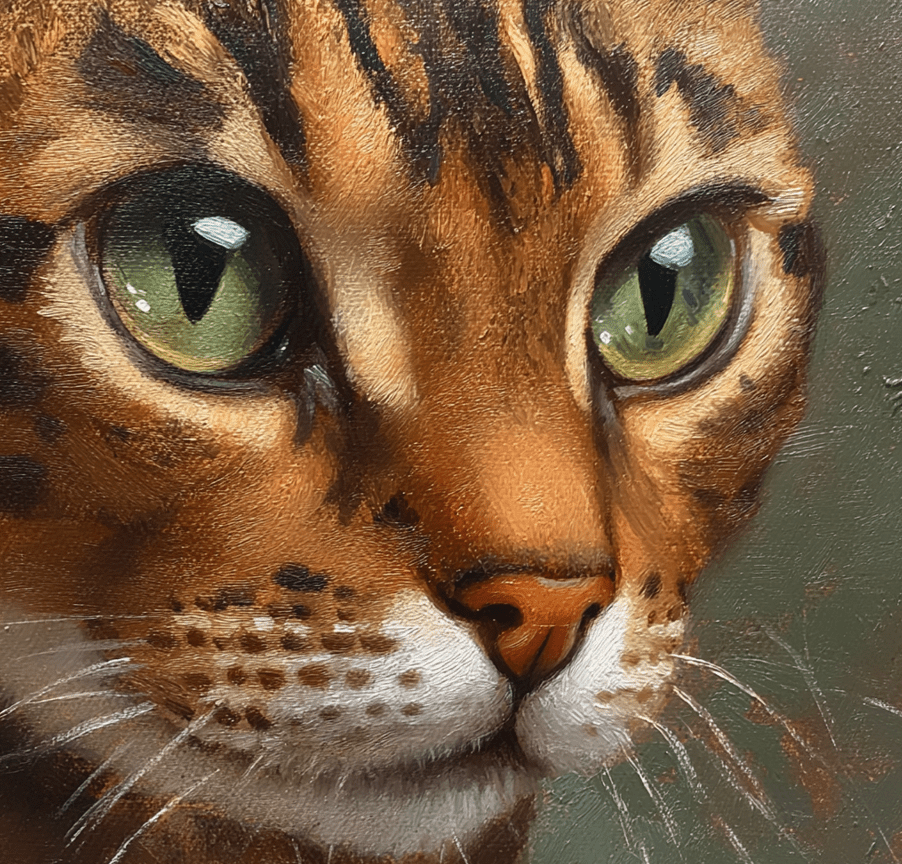
Bengal cats have their own special markings — one of which is that the majority of them will have a short stripe that comes down in the shape of an “M” on their forehead. They also have a thumbprint mark on each of their ears, where the fur is shorter and looks like someone placed their thumb on it. Though these markings exist in tabby cats too, the combination of “M” marking and thumbprint pattern is more characteristically found in Bengals. If your cat has these markings, this may indicate Bengal ancestry.
6.Does Your Cat Love Being Vocal and Talkative?
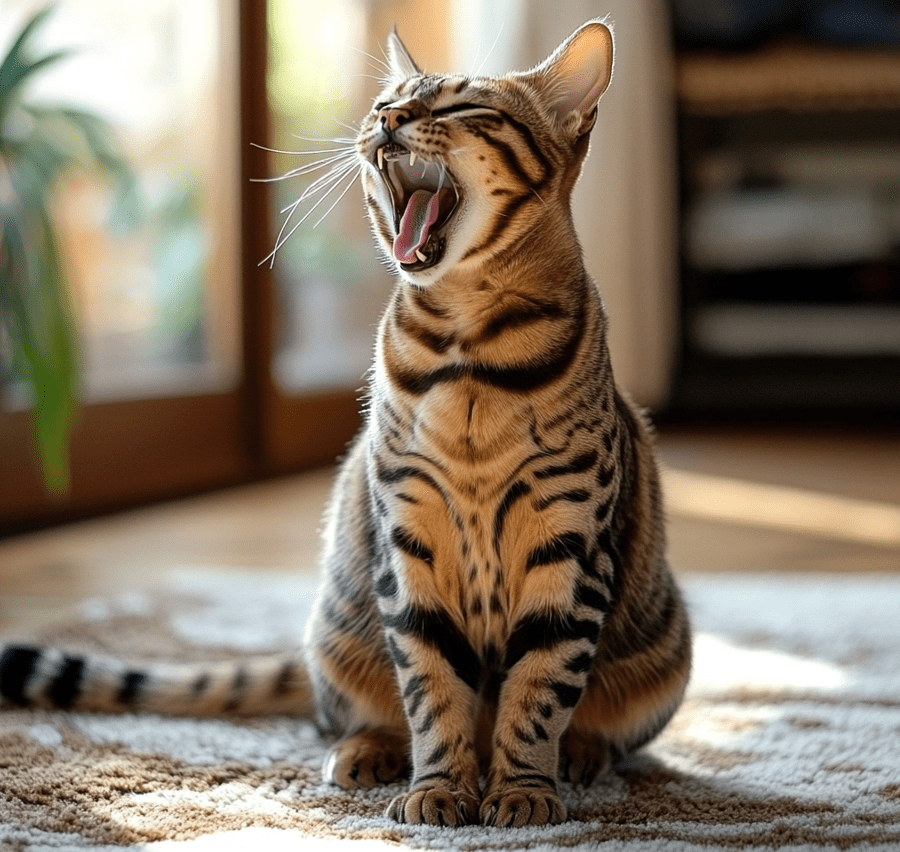
Some cats like to “talk,” which can include meowing, purring or little chirping sounds. Bengal cats are unique because they are much more vocal and expressive. They don’t merely meow — they communicate using a large variety of sounds. They might grunt deeply, emit high-pitched yowls or scream. Bengal kittens can chirp in a way that sounds much more like a bird than a cat, surprising and delighting many people. If your cat is a “talkative” type and makes sounds that are different from a normal cat or more varied than other cats there’s a good chance they might be a Bengal mix.
7.Is Your Cat a Bundle of Energy?
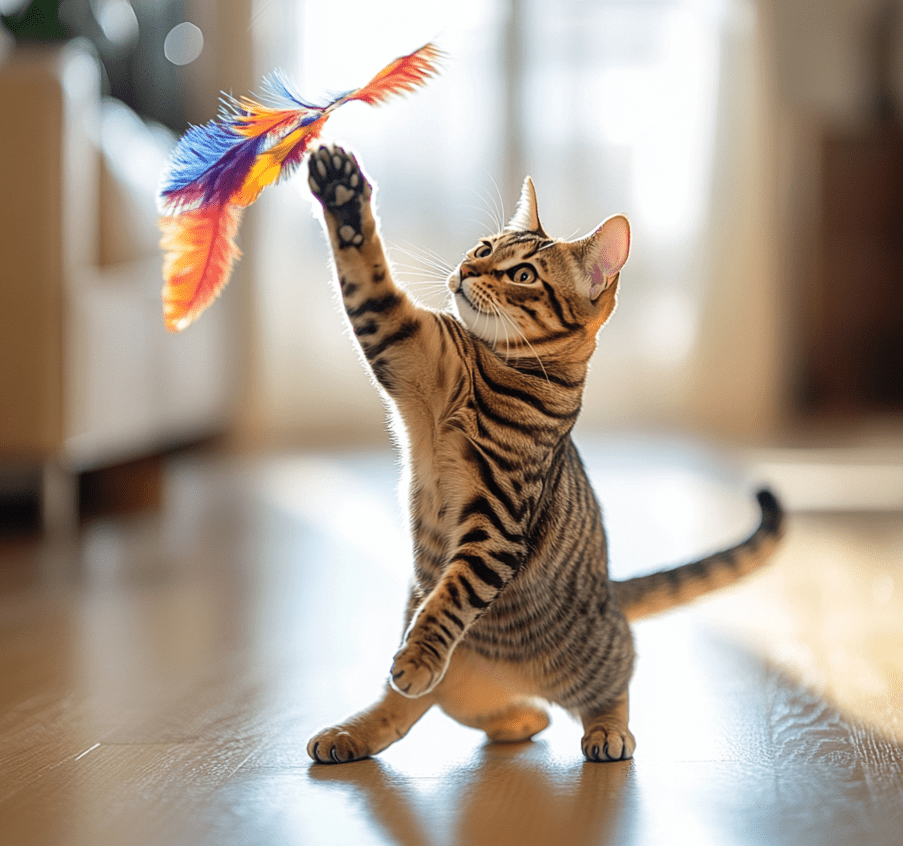
Bengal cats actually have endless energy. All cats play and move about — but when it comes to energy, Bengal cats are at a completely different level. They are always moving, climbing, exploring and looking to do things. Due to this, they may not suit well if you are a person who lives in a small apartment or house with limited space. Bengals require space to explore, or they may attempt to flee. Give them space, or they may try escaping and some have even managed to learn how to open doors and windows! If your cat always appears to have a lot of energy, loves to play with toys or is often getting into trouble, they may have some Bengal genes in their blood.
8.Is Your Cat Extremely Smart?
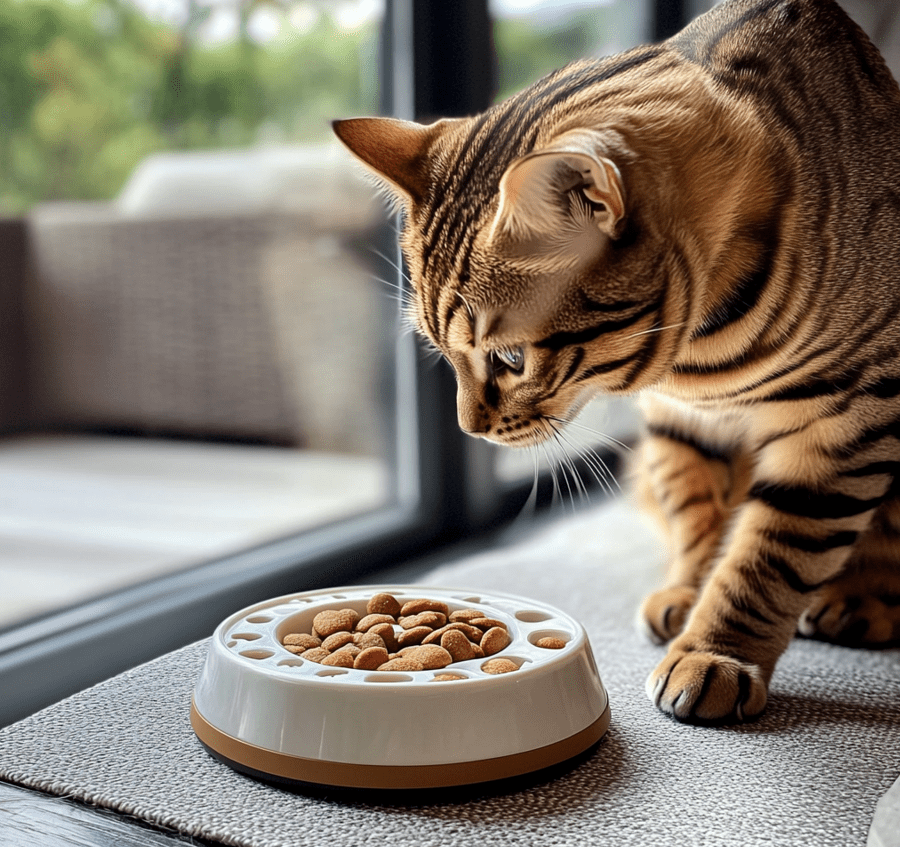
Bengal cats are not just active, they are also very intelligent. They are quick to learn tricks and may even surprise you by learning to open cabinets, windows, or doors. Unlike many house cats, Bengals generally seem to be fine with harnesses and walking on leashes like dogs. If your cat likes to walk outside on a leash or has learned complex tricks, like using the toilet instead of a litter box, it may be a sign that they are part Bengal. Their inquisitiveness sets them apart from other cats. They’re always seeking new challenges.
9.Is Your Cat’s Coat Asymmetrical?
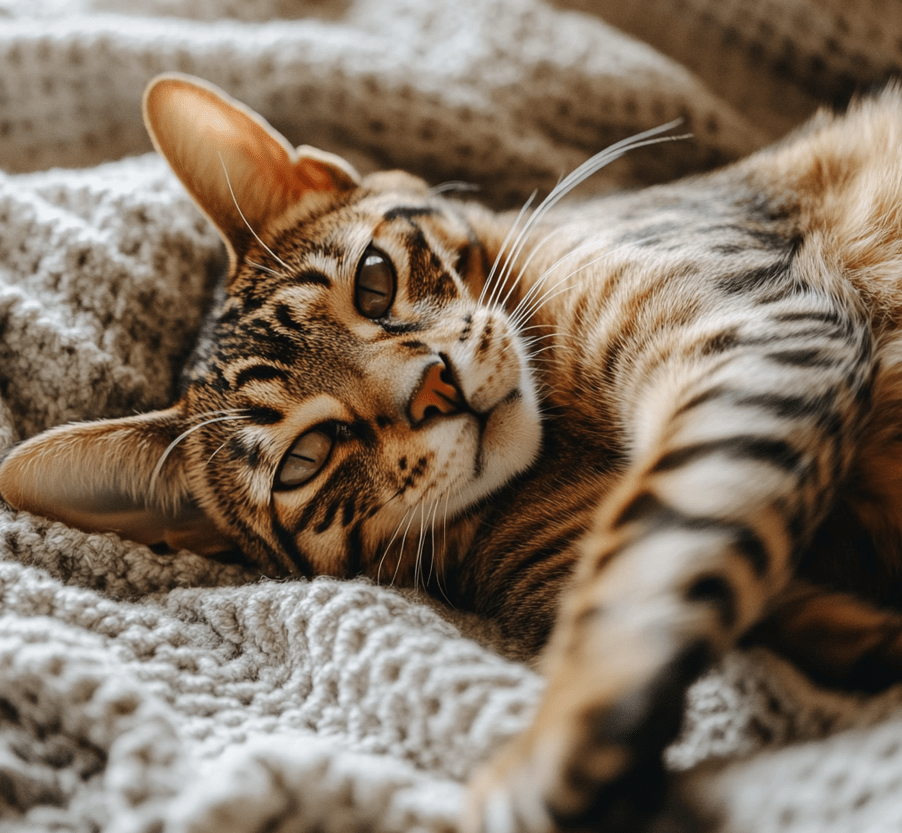
Most cats have coats that are symmetrical, where the patterns on one half of their body are similar to, or mirror, the other half. That makes them different from Bengal cats, whose fur patterns are usually asymmetrical. That means the markings on their left and right sides can be very different. For instance, one side shows spots, and the other, a marbled pattern. If your cat’s coat appears mismatched even on both sides, there is a good chance your cat could be part Bengal.
10.Have You Thought About Getting a DNA Test?
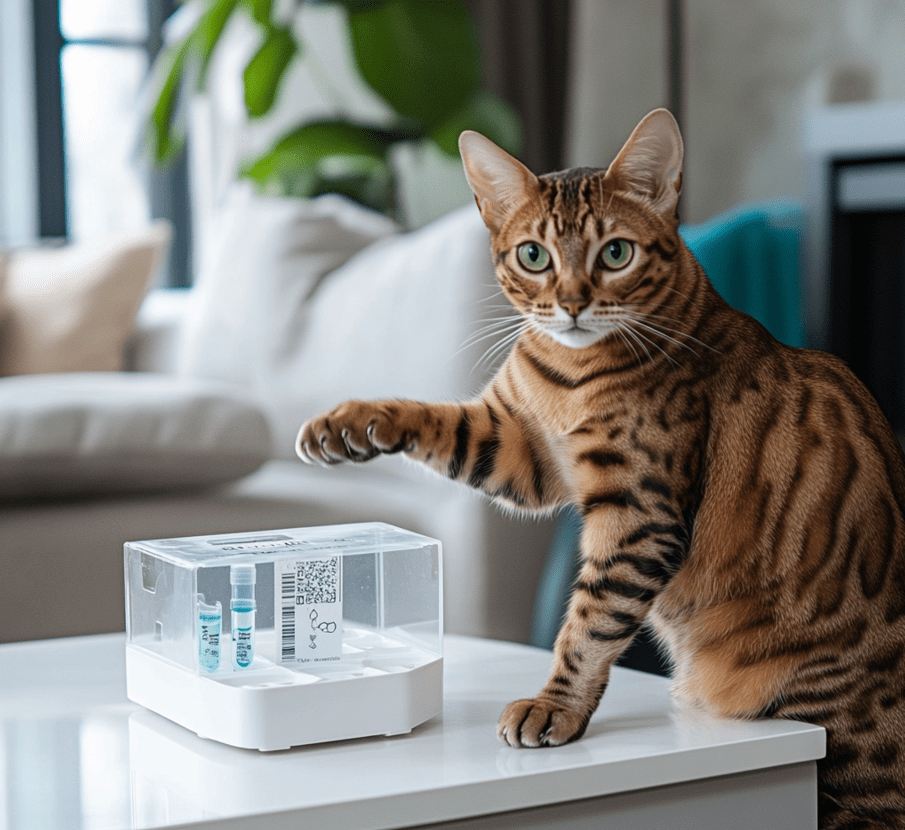
The most accurate way to determine whether your cat is a Bengal mix is to perform a DNA test. Your veterinarian can help you with this. A DNA test will detect genetic markers that are specific to Bengal cats, and prove that they are part Bengal. These tests are safe, painless and relatively inexpensive. They’ll deliver a simple “yes” or “no” on your cat’s lineage. If you are curious and want to be sure, this is the safest way.
Final Thoughts
Now you know a little more about Bengal mix cats, do you think that your cat may have some of those Bengal traits? If they’re chatty, energetic, intelligent, or have distinct coat patterns, they might be part Bengal. With these tips and especially a DNA test, you can know for certain. But even if your cat is not a Bengal mix, they are still special and deserve all of your love. Every cat, regardless of pedigree, is a fantastic little buddy and can fill your life with fun and affection.

